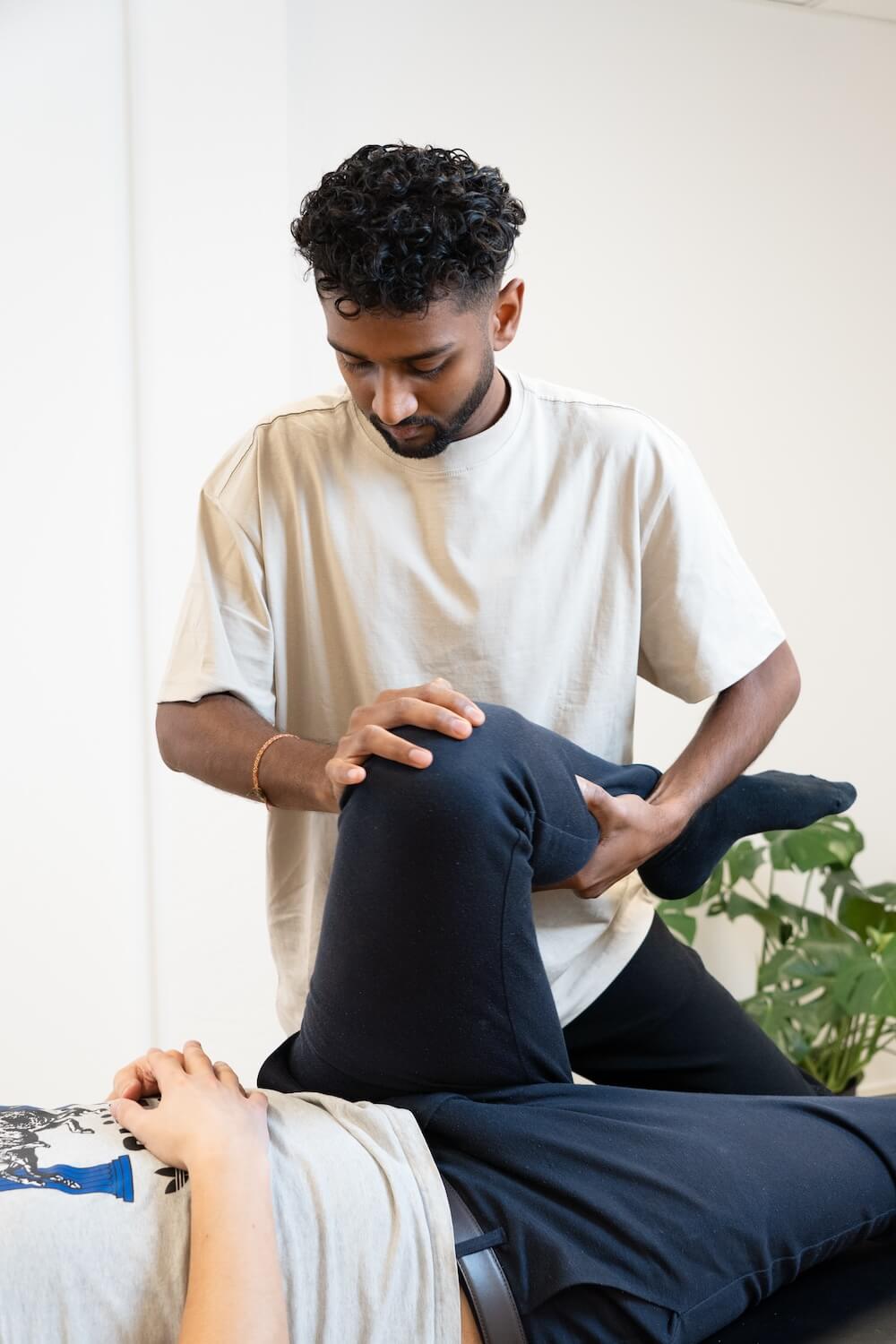We treat
Jumper's knee
Get rid of Jumper's knee and knee pain
Jumper’s knee
Jumper’s knee, also known as patellar tendonitis, is characterized by pain in the tendon just below the kneecap. It is often a tendonitis, which means that there is irritation/inflammation of the tendon that runs from the kneecap to the lower leg bone. It is a common overuse injury that typically affects exercisers and athletes. The symptoms are typically triggered by jumping and sudden stops.
Jump to section [Vis]
Who is affected by jumper’s knee?
This type of injury often affects exercisers and athletes who strain their knees with repeated jumping, but also professional groups and people who often work sitting on their knees.
Biomechanics of the knee
If you haven’t immediately changed anything in your training, the cause may lie elsewhere. The tendon on the front of the knee is intended to transfer the force from the large thigh muscle, the quadriceps. It can both lift the leg up and extend the knee. Tightness or overactivity of the quadriceps will change and increase the pull in the patellar tendon. With very sedentary work/activity, this muscle can become stiff, and therefore increase its pull in the tendon. The muscle and tendon on the front of the thigh contribute greatly to shock absorption and deceleration when we run.
Tightness or overactivity of the quadriceps will change and increase the pull on the patellar tendon.
In addition to the thigh muscle, we have the foot, calf and shin muscles to absorb shock. If there is reduced mobility, strength or stability around the foot and lower leg, the knee will have to do the extra work. The shock absorption that is not handled by the foot and lower leg is therefore moved up to the knee. Reduced stability in the foot changes the rotation of the lower leg, so that the pull in the patellar tendon changes. When the hamstring and foot pronate, the lower leg rotates inward and the knee falls inward (knock knees).
The irritation in the tendon is a state of inflammation. Inflammation is the body’s way of healing damaged and overworked tissue. When there is inflammation, it is normal to feel pain, and therefore it is natural to use painkillers. If anti-inflammatory medication is taken, such as voltaren, ipren, ibuprofen or ibumetin, the inflammatory process is inhibited, and thus also the healing.

Symptoms of jumper’s knee
- Pain under or around the kneecap during activity with the knee bent.
- The pain increases with exercise and persists.
- Local tenderness and swelling on the tendon and kneecap.
- Tense thigh muscles.
Causes of jumper’s knee
The injury is mainly triggered by repeated, uniform loads, such as jumping, running and kicking. However, the following factors have a major impact on how quickly the injury develops.
- Pelvic and hip misalignment.
- Hip misalignment, which limits the rotation of the femur.
- Ankle and foot misalignment, which limits the rotation of the lower leg.
- Metabolic issues in the body, where problems with the blood system (heart, lungs, kidneys, etc.) and the digestive system (liver, stomach, intestines, etc.) have a major impact in terms of recovery and healing of injuries, but also the development of inflammatory conditions in the body.
Other diagnoses that can be confused with jumper’s knee
- Inflammation of the bursa under the tendon of the knee.
- Inflammation of the fat pad in the knee.
- Intra-articular problems in the knee (meniscus, cartilage and cruciate ligament injuries).
- Pinching of the knee capsule (plica synovialis).
- Incorrect tracking of the kneecap (chondromalacia patellae).
How is jumper’s knee described?
Jumper’s knee refers to an inflammatory condition of the jumper’s tendon (the tendon from the kneecap to the shin bone). This is caused by repeated overloading of the tendon from the shin bone to the kneecap.
Why does jumper’s knee occur?
Pain and irritation in the patellar tendon are most often caused by overload. This can be an acute overload, but most often the overload occurs gradually when talking about jumper’s knee. Overload can come from various reasons. The easiest thing to ask yourself is:
- Have you increased your training volume? Running longer than usual?
- Have you increased your training intensity? Are you training harder?
- Have you increased your training frequency? Are you training more often than before?
- Have you changed anything in your training? Running style, surface or running shoes?

Good advice for jumper’s knee
One of the first things you should do if you have problems with jumper’s knee is to cut back on the activity that causes the pain. If necessary, give the knee a complete rest for a few weeks, and then try to slowly build it back up. If necessary, start at 50% of the level you were at before.
Record your training and write down how much you train, what intensity and how often. Also, make a note of how your pain feels, how it behaves during the day, and note how intensely you feel the pain.
Give it a number from 0-10. That way you have something to compare it to and look back on after a few weeks of rest when you start to build it up again. Slow heavy strength training is the first priority, and if you feel you have the energy for more you can plan light activity, e.g. running, alongside the strength training.
Remember that ice and painkillers only relieve symptoms, but do not increase healing.
In addition, the following advice applies:
-
- If the problem is experienced at rest (at night or when sitting still), relieve the pressure on the knee.
- Stretch the back of the thigh and buttocks before and after activities.
- Do mobility exercises for the lower back.
- Slow and heavy strength training can be effective for jumper’s knee.
- Seek a specialist in the knee area to find the cause of the jumper’s knee.
The nervous system around the knee
The quadriceps muscle can be tight due to reduced flexibility, but it can also be tight due to overactivation of the nervous tissue. The nerve to the front of the thigh comes from the 2nd-4th lumbar vertebrae, and runs from the back, down along the deep hip flexors, under the pelvic organs and the gastrointestinal system and out at the groin.
Locks in the back, or problems along the course of the nerve, will overactivate the nerve and give a feeling that the muscle is tense. Stretching the muscle will not help here, as the problem is an overactivation of the nervous system.
Blood supply in and around the knee
Optimal healing and recovery from an injury requires optimal blood supply. The blood vessel to the thigh muscle runs close to the nerve. It lies deep inside the lower back, along the deep hip flexors and under the gastrointestinal system and pelvic organs.
At the groin, the large vein branches into several smaller veins. Restrictions in the gastrointestinal system or pelvic organs can disrupt the blood supply to the front of the thigh and hinder healing. The purpose of the blood is to bring oxygen and new nutrients to the area, but it also has the function of removing waste products from the area.
Restrictions in the gastrointestinal system or pelvic organs can disrupt blood flow to the front of the thigh and hinder healing.
The used blood is called venous blood, and requires an active pump to get it back into the body. Here we depend on some good active venous pumps locally in the muscles of the legs and lower legs, but we are also very dependent on our large venous pump and respiratory system in the abdomen and chest.
The large breathing muscle, the diaphragm, drives this large fluid pump, ensuring that venous blood and fluid are drawn back up from the legs. Stiffness and restrictions in the chest, liver, kidneys and heart can therefore be crucial to the healing process in the knee.

Osteopathic treatment of jumper’s knee
Osteopathic treatment of jumper’s knee consists of an examination of the knee itself, but also all the contributing factors. We look at the muscles that move and stabilize the knee in terms of strength, endurance, stability and flexibility.
We also look at the lower back, hip, pelvis and ankle joint as they all have a major impact on whether the knee can simply perform its own functions, or whether it compensates for reduced mobility elsewhere. In addition, we look at how the nerve tissue to the knee muscles works and whether it has optimal function.
If the nervous system is disturbed around the lower back and/or hip, it will change the activity of the knee muscles.
If the nerve tissue is disturbed around the lower back and/or hip, it will change the activity of the knee muscles. In jumper’s knee, there is an inflammatory process that must be healed. This healing depends on how the blood supply and venous return work. Here we examine the mobility and function of the thoracic spine, rib cage, abdomen and lower back in relation to digestion, heart, lungs, kidneys, liver and the hormonal system.
Jumper’s knee surgery
Only in very few cases are the symptoms so chronic that surgery for jumper’s knee is needed. Here, a laparoscopic operation is performed in the knee, where the surgeon goes in and cleans up around the tendon, smooths the underside of the kneecap, so that there is room for the tendon. Possibly, scar tissue and calcifications in the tendon tissue itself are also removed. After the surgery, long-term rehabilitation is needed. Try rehabilitation for at least 6 months before considering surgery.
Osteopathic approach for jumper’s knee
- Locate the cause of jumper’s knee (see above).
- Correct mechanical and metabolic problems.
- Increase blood flow to and from the area.
- Advice on starting training, training volume and intensity.
Training a jumper’s knee
After investigating the problem and possibly treating other involved systems, specific strength training should be done to increase the tendon’s load tolerance. All research shows that the tendon should be loaded in a controlled manner during extension. Muscles respond well to many different types of training, but tendons respond best to slow, heavy strength training, also called HSR (heavy slow resistance).
Heavy and slow exercises against jumper’s knee are most effective
- Train 3 times a week.
- Each workout consists of 2 exercises, Leg Press + Squat if you have access to a gym. Otherwise, see home exercises later in the article.
- In each exercise, you perform 3 sets.
- You should start by performing 15 maximum repetitions in each set in the first week.
- Then you gradually work your way down in repetitions, and up in weight, so that you reach 6 maximum repetitions after week 8.
- The load should be so heavy that you can just about complete the planned number of repetitions, and keep to the pace.
- It may hurt WHILE you do the exercises, but the pain should not flare up afterwards. Pain of about 4-5 on a scale of 0-10 is acceptable.
- It is very important that you do the movements very slowly. Spend at least 6-8 seconds on each repetition (3-4 seconds upwards and 3-4 seconds downwards).
- You can expect to experience an effect after 3-4 weeks.
- Continue training for at least 12 weeks and preferably longer (maintenance training).
- All activities (with the exception of heavy, slow strength training) that result in pain should be avoided during the rehabilitation period.
- Do not take “arthritis pills” (NSAIDs) during the rehabilitation period.
Source: Auh.dk

Often related injuries
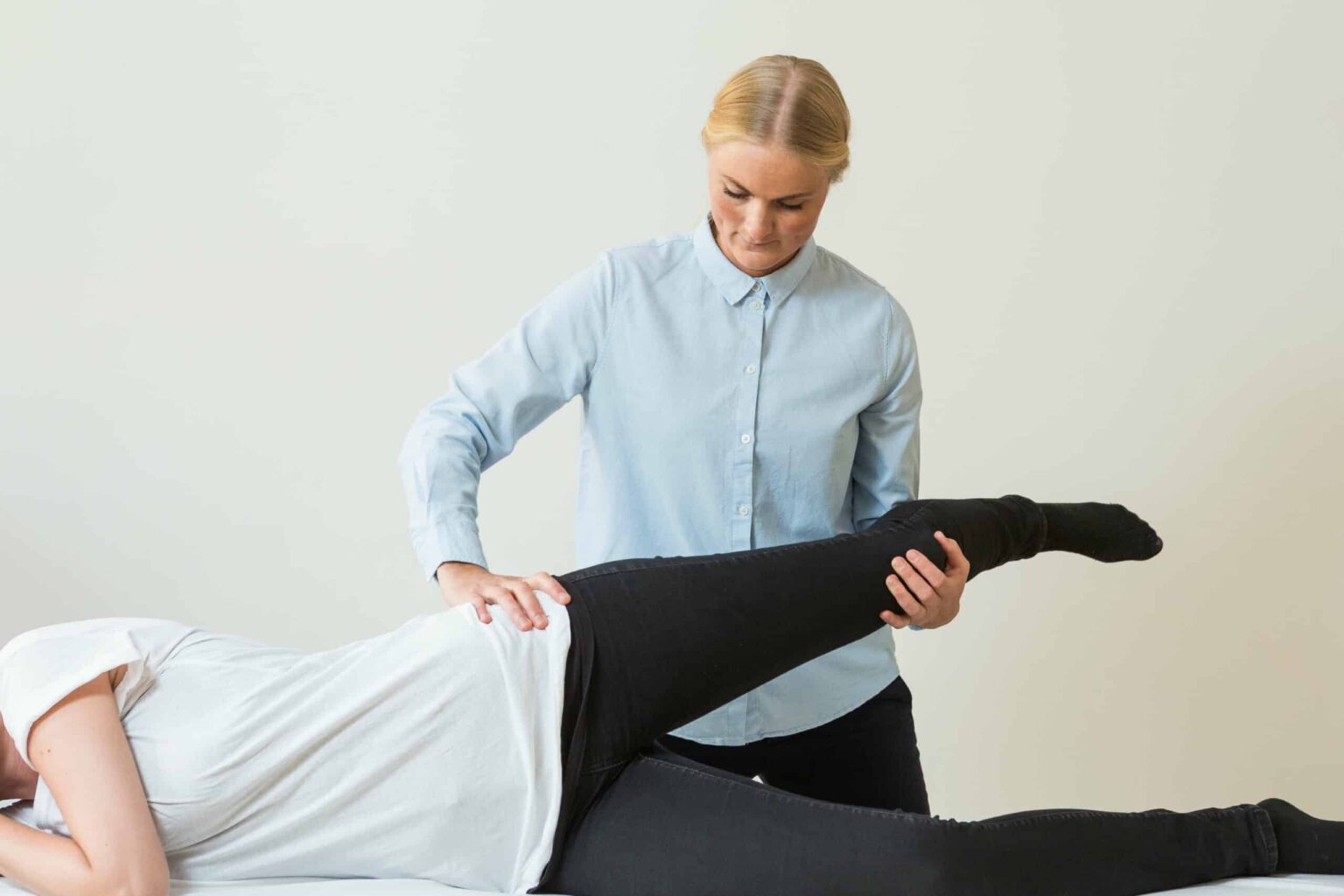
Restless Legs Syndrome (RLS)
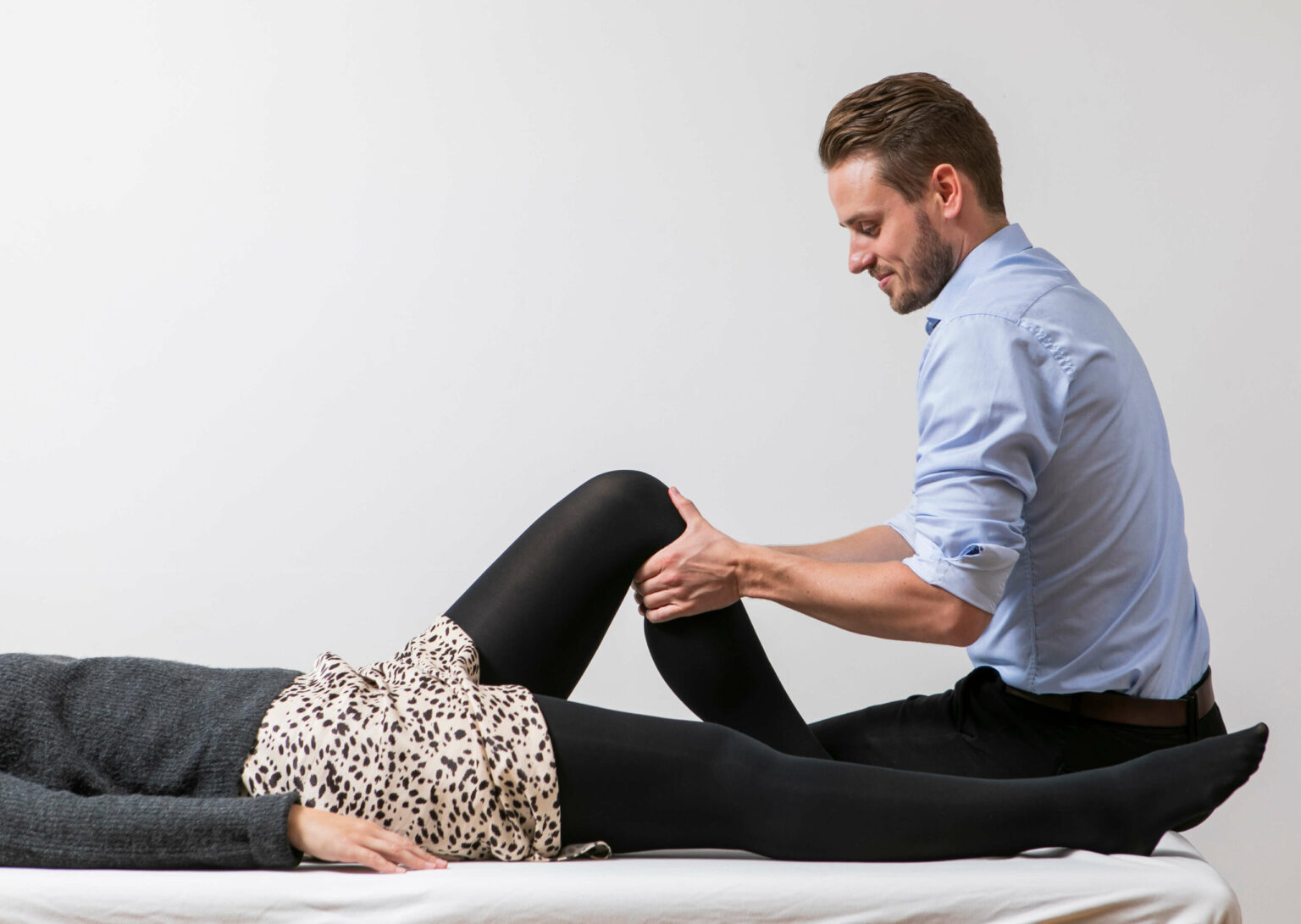
Cruciate ligament injuries – ACL/PCL
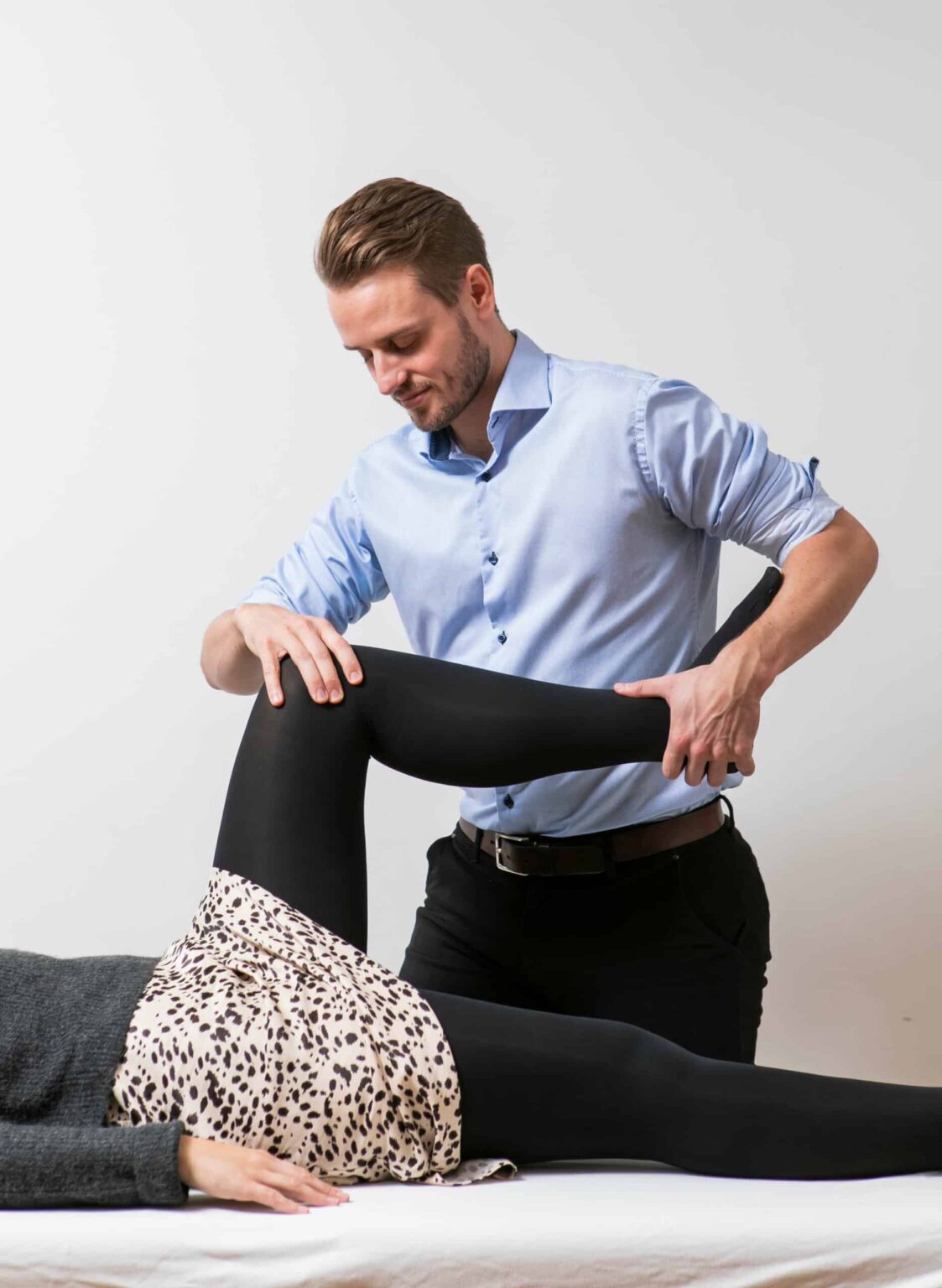
Synovial Plica
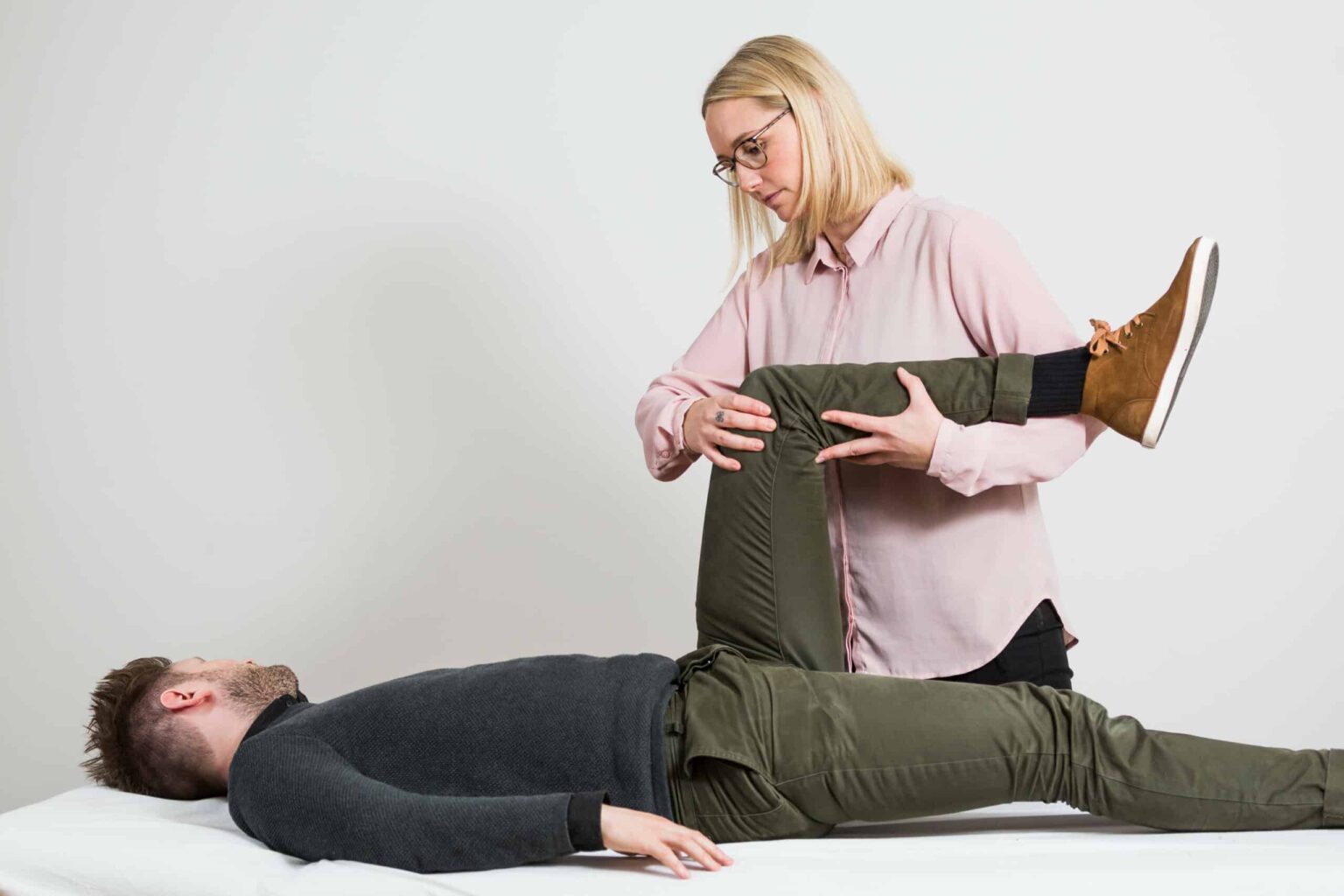
Pes anserinus tendinitis
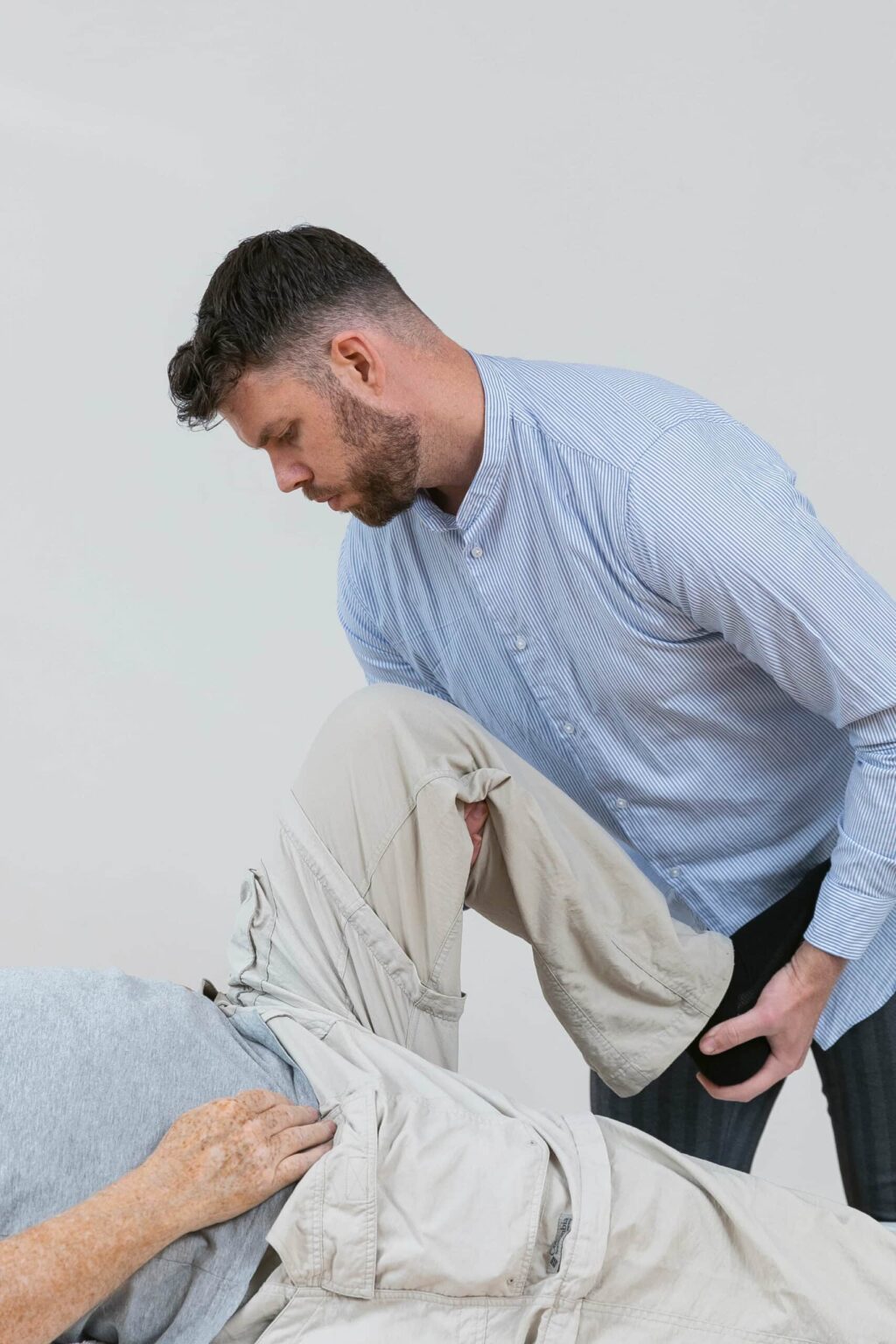
Jumper’s knee

Knee plica inflammation
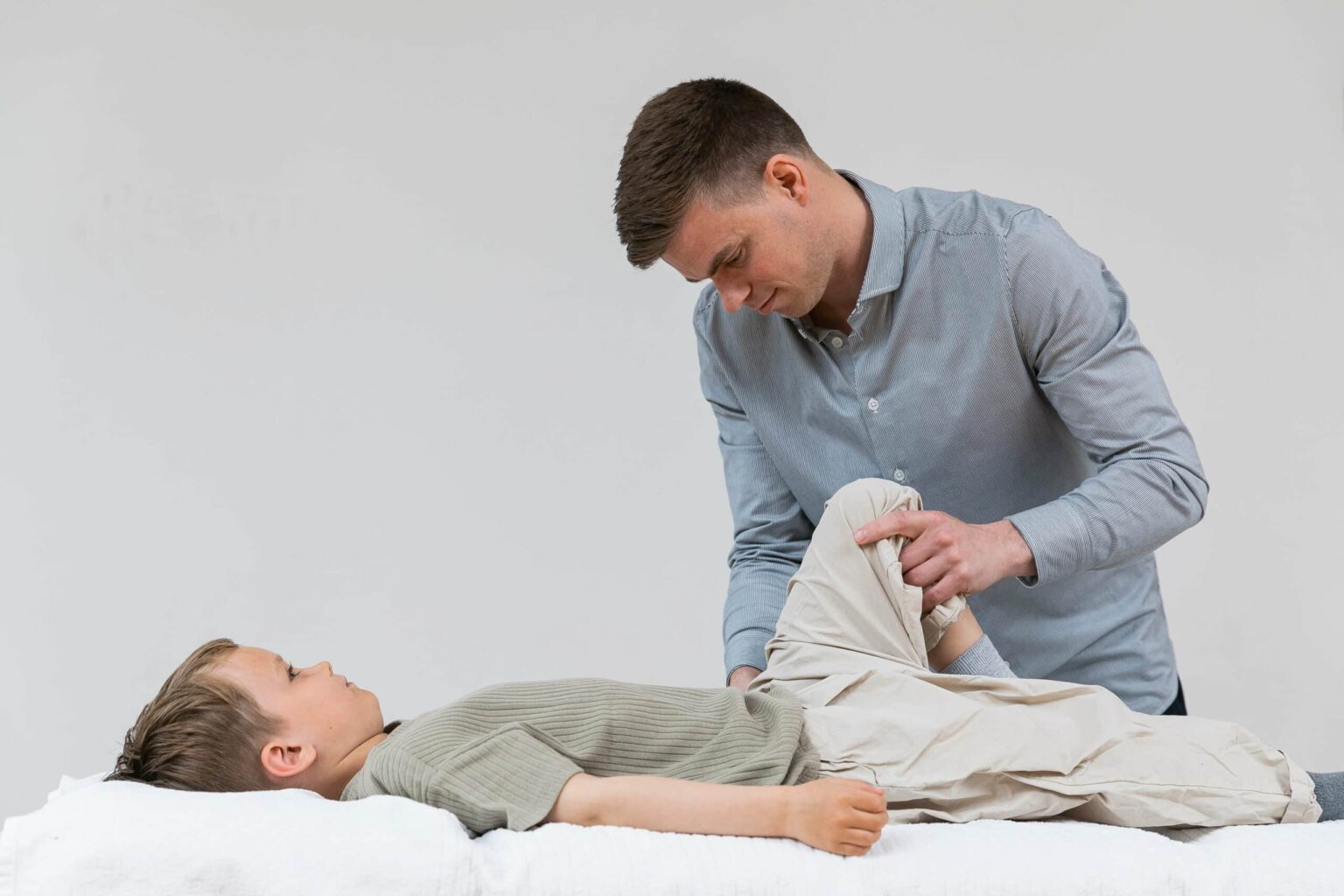
Osgood Schlatter
